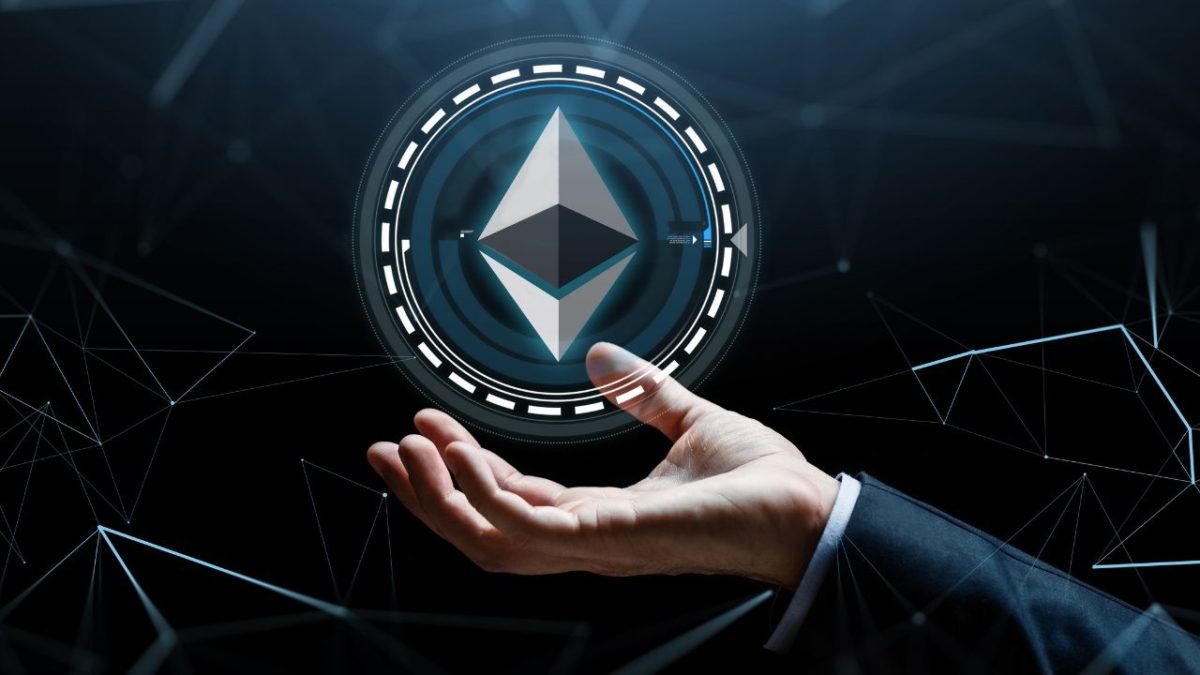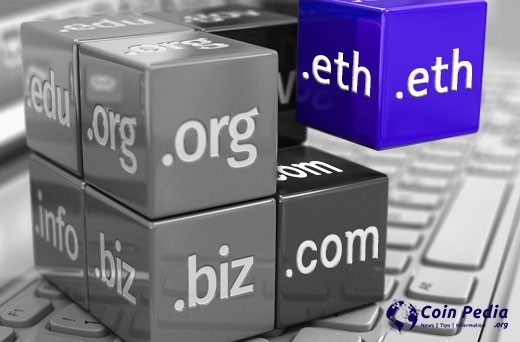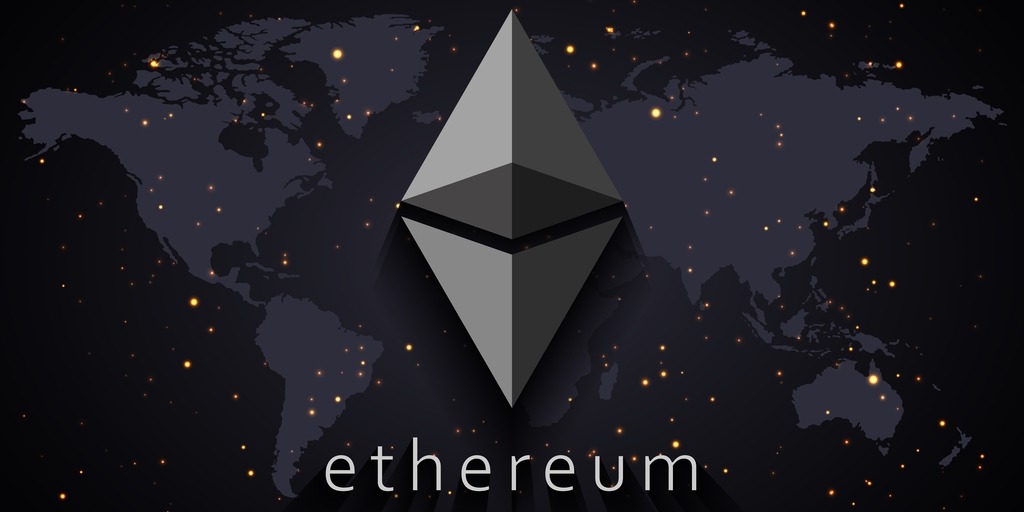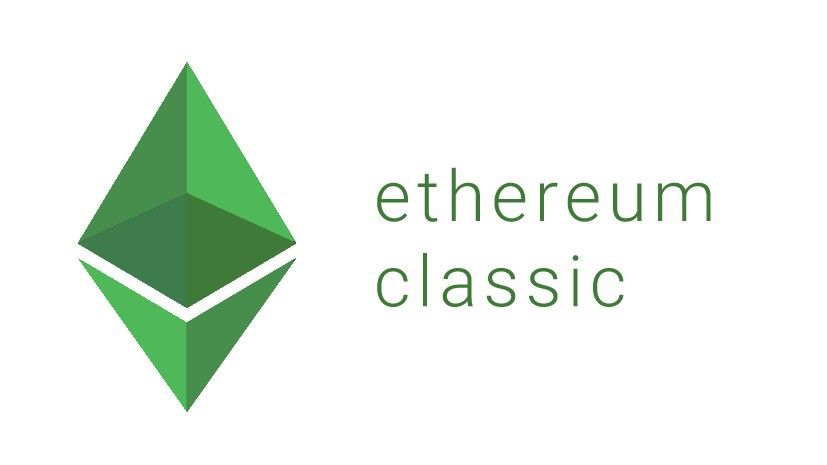What Is The Relation Between Proof of Stake And Ethereum
As more artists and creatives flock to Ethereum to create NFTs, a five-year-old topic has resurfaced: when will Ethereum switch from the energy-intensive Proof of Work consensus mechanism to Proof of Stake? The good news is that Proof of Stake (PoS) has been theoretically implemented since the Beacon Chain launched in December 2020. More than 100,000 active validators are staking a total of 3.4 million ETH (about $6.3 billion in USD). This new Proof-of-Stake system, which is part of the Ethereum 2.0 network upgrade, is up and running. So, when will the Ethereum community be able to take advantage of it?
Clean roadmaps for open source development
In 2019, Ben Edgington, Product Lead of Teku, ConsenSys‘ Eth2 client, predicted that Ethereum’s “bazaar” development model would pay off by 2020. For those unfamiliar with Eric Raymond’s classic 1997 essay on open source development, “The Cathedral and the Bazaar,” the thesis is that allowing a large group to participate in the development of a software project can appear chaotic and noisy at first, but results in more productive and enigmatic design structures in the long run.
Engineers worldwide can engage in developer calls, report GitHub bugs, publish suggestions on Ethresear.ch, or vent their frustrations on Twitter, Telegram, or Discord in Ethereum 2.0. The Eth2 roadmap is being revised on a regular basis, which is a feature, not a bug.
We tried to describe the strategy in a linear manner in 2020. The Proof of Stake Beacon Chain would be launched in Phase 0. Check. Done. In the first phase, shard chains would be implemented. Phase 1.5 would combine the original PoW Ethereum blockchain with the new PoS chain, with Phase 2 attempting to communicate data between the shards. What’s different now?
Also, read – Three common misunderstandings concerning the Ethereum Merge
Rollups, here we go.
The Eth2 development community didn’t expect how far Layer 2 solutions like Rollups would progress by 2021. Rollups are a Layer 2 solution that relieves the blockchain of much of the compute and storage work while still allowing it to benefit from its security assurances. Popular DeFi protocols are starting to test their applications on L2s, with some already working for ERC-20 token exchanging and $250 million in liquidity locked up. Synthetix, a derivatives platform, revealed that SNX staking would be available on Optimism, a platform that leverages optimistic rollups. They showed a 143-fold reduction in gas expenses (!) and a transaction confirmation time of 0.3 seconds. Uniswap illustrated the enhancements in user experience that Optimism may provide. The cost of gas for swaps was reduced by 10–100 times, and transactions were confirmed in just 139 milliseconds. Optimism is planning to launch its mainnet later this month.
🥳Quiz Time! $300 Giveaway!
👀Where is the bottom for $ETH?
⁉️How will #Ethereum 2.0 affect the token price?
👉Check out here https://t.co/ZGUkMvEzUG
👉RT + let us know your comment
🤯Tag 3 friends & subscribe to KuCoin YT Channel
🤩6 winners will get $50 each!
— KUCOIN (@kucoincom) June 13, 2022
Because rollups are now a crucial element of Ethereum 2.0’s agenda, shard chains can be put off. This also indicates that Ethereum’s transition from Proof of Work to Proof of Stake might come much sooner, possibly this year.
A Chain of Executable Beacons
ConsenSys’ Mikhail Khalinin developed a model for Ethereum 2.0 near the end of last year that used the Beacon Chain as the execution environment. Simply put, this would suggest that the Ethereum Mainnet would be built directly on the Beacon Chain, essentially enabling Proof of Stake for all future Ethereum transactions. The transition to PoS will also cause minimal disruption to current dapps, tooling, and users. All we have to do now is turn off the mining.
The Ethereum Foundation’s Mikhail and Guillaume Ballet presented a model at February’s most recent Eth2 Core Teams Online Workshop. Attendees, researchers, and other client teams have all provided feedback on the idea.
Today is a significant milestone in the evolution of Ethereum’s consensus to Proof of Stake. Mikhail made a GitHub pull request for the Eth2 specification to construct a version of the Ethereum Mainnet that uses the Beacon Chain for PoS consensus. The pull request is still under development, and steps to run more tests with a stubbed and application payload and other adjustments must be performed. Such a substantial improvement would necessitate a considerable rethinking of Eth1 clients, and further feedback from the client team developers would be required. For dapp developers, there will most likely be some minor JSON-RPC adjustments. Here’s where you can help.
Danny Ryan suggested pulling back the merging proposal today on the Eth2 implementers call in order to get to PoS even faster. “Might omit validator withdrawals,” he proposed, deferring the upgrade for 3–4 months. The exact moment of “docking” the current Ethereum chain to the Proof of Stake Beacon Chain is perhaps the most socially difficult (given the recent opposition to EIP 1559 from miners). This technique will be difficult, and miners may need to be rewarded up until the moment of merging and beyond.
In terms of the Eth2 protocol as a whole, making an executable Beacon Chain will considerably simplify cross-shard communication and transactions. Layer 2 protocols are now focusing on this area, with some, such as Polygon, currently functioning as bridges across multiple EVM-compliant networks. Vitalik Buterin also just presented a proposal for how two rollup-based protocols might communicate while remaining compatible.
So, how much do NFTs cost the environment?
While artists may continue to grapple with ethical issues surrounding the energy consumption of PoW systems or perhaps offset their NFTs with carbon credits, Proof of Stake is no longer a joke. We are considerably closer to reducing Ethereum’s energy consumption by 99 percent by speeding up the Proof of Stake consensus process upgrade. This isn’t just a bunch of wavy hand motions. It’s happening right now and is being discussed openly in open source repositories.
Stay informed with daily updates from Blockchain Magazine on Google News. Click here to follow us and mark as favorite: [Blockchain Magazine on Google News].
Get Blockchain Insights In Inbox
Stay ahead of the curve with expert analysis and market updates.
latest from tech
Disclaimer: Any post shared by a third-party agency are sponsored and Blockchain Magazine has no views on any such posts. The views and opinions expressed in this post are those of the clients and do not necessarily reflect the official policy or position of Blockchain Magazine. The information provided in this post is for informational purposes only and should not be considered as financial, investment, or professional advice. Blockchain Magazine does not endorse or promote any specific products, services, or companies mentioned in this posts. Readers are encouraged to conduct their own research and consult with a qualified professional before making any financial decisions. The featured image used is just a creative depiction of the title and it does not intend to hurt sentiments of any person or institution. If it hurts anyone sentiments, please do not hesitate to reach out to Blockchain Magazine.

 Bitcoin
Bitcoin  Ethereum
Ethereum  XRP
XRP  Tether
Tether  Solana
Solana  Dogecoin
Dogecoin  USDC
USDC  Cardano
Cardano  Lido Staked Ether
Lido Staked Ether  TRON
TRON  Chainlink
Chainlink  Avalanche
Avalanche  Wrapped stETH
Wrapped stETH  Stellar
Stellar  Wrapped Bitcoin
Wrapped Bitcoin  Sui
Sui  Hedera
Hedera  Toncoin
Toncoin  Shiba Inu
Shiba Inu  WETH
WETH  Polkadot
Polkadot  Parkcoin
Parkcoin  LEO Token
LEO Token  Litecoin
Litecoin  Bitget Token
Bitget Token  Bitcoin Cash
Bitcoin Cash  Uniswap
Uniswap  Official Trump
Official Trump  Hyperliquid
Hyperliquid  Wrapped eETH
Wrapped eETH  Pepe
Pepe  USDS
USDS  NEAR Protocol
NEAR Protocol  Ethena USDe
Ethena USDe  Aave
Aave  Aptos
Aptos  Internet Computer
Internet Computer  Ondo
Ondo  WhiteBIT Coin
WhiteBIT Coin  Ethereum Classic
Ethereum Classic  POL (ex-MATIC)
POL (ex-MATIC)  Monero
Monero  Algorand
Algorand  Cronos
Cronos  OKB
OKB  Mantle
Mantle  Dai
Dai  Render
Render 




